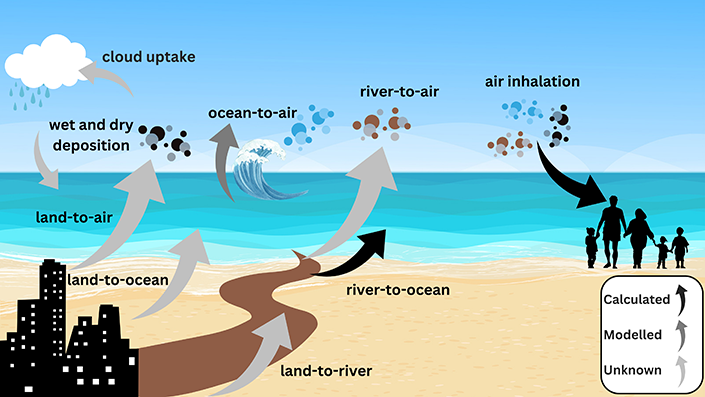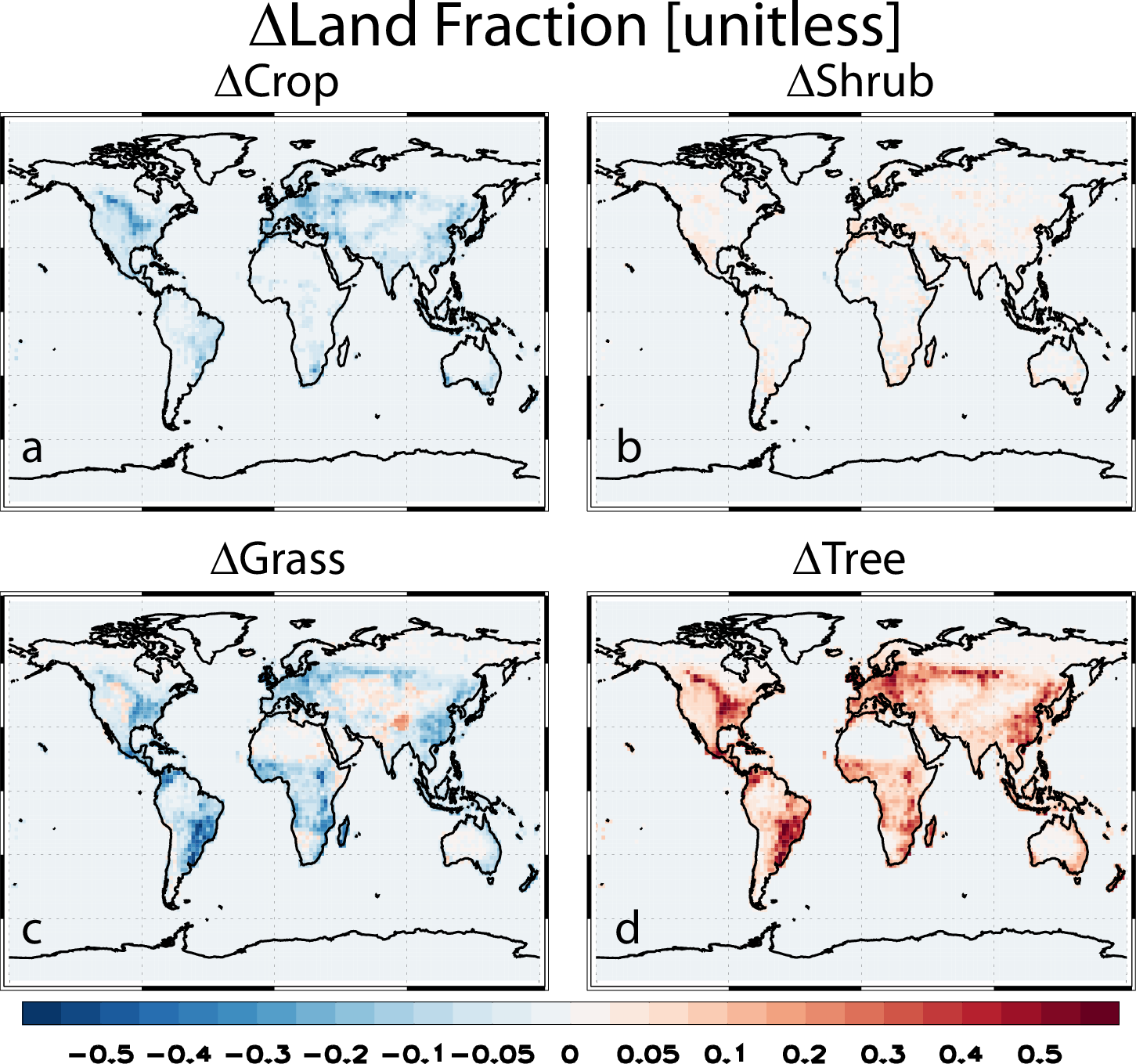2025-05-28 カリフォルニア大学サンディエゴ校(UCSD)

Coastal environments are extremely dynamic. Pollutants in the land and water can become aerosolized and inhaled by residents of coastal communities. (cr: Adam Cooper)
<関連情報>
- https://today.ucsd.edu/story/tijuana-river-pollution-affects-air-quality
- https://www.science.org/doi/10.1126/sciadv.ads9476
沿岸域のエアロゾルに含まれる排水化学物質の特定 Identifying wastewater chemicals in coastal aerosols
Adam Cooper, Lucia Cancelada, Ralph Riley Torres, Kathryn Belcher, […] , and Kimberly A. Prather
Science Advances Published:28 May 2025
DOI:https://doi.org/10.1126/sciadv.ads9476
Abstract
The Tijuana River, at the US-Mexico border, discharges millions of gallons of wastewater daily—sewage, industrial waste, and runoff—into the Pacific Ocean, making it the dominant source of coastal pollution in this region. This study examines how such wastewater influences coastal aerosols by tracking spatial gradients from near the border northward. Using benzoylecgonine (a nonvolatile cocaine metabolite) as a sewage tracer, we find that wastewater compounds—including a mixture of illicit drugs, drug metabolites, and chemicals from tires and personal care products—become aerosolized and are detectable in both water and air. Spatial analyses confirm that most measured chemicals concentrate in aerosols near the Tijuana River, potentially exposing local populations to tens of nanograms per hour (e.g., octinoxate and methamphetamine) via inhalation. This airborne pathway highlights a largely overlooked source of atmospheric pollution, emphasizing the need to reassess health risks in coastal regions as global water contamination continues to escalate.



